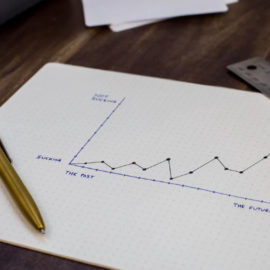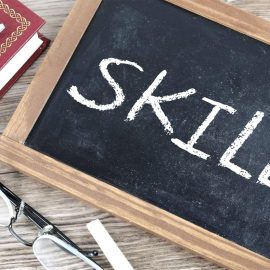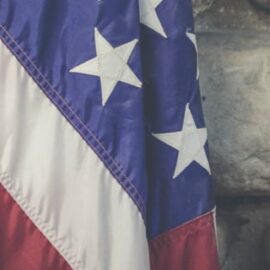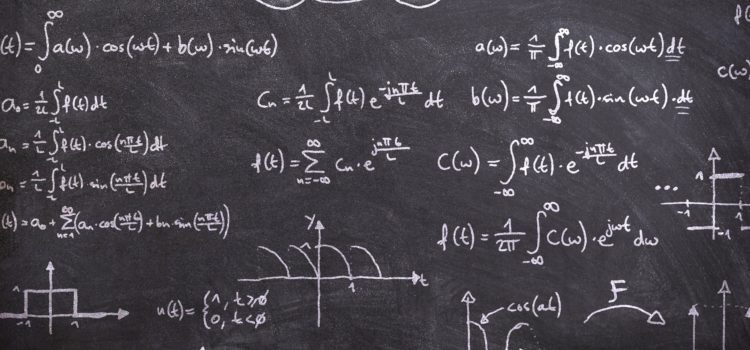
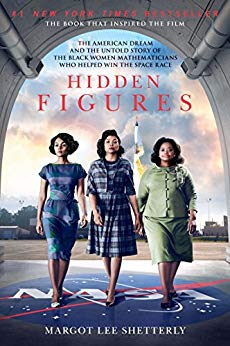
This article is an excerpt from the Shortform summary of "Hidden Figures" by Margot Lee Shetterly. Shortform has the world's best summaries of books you should be reading.
Like this article? Sign up for a free trial here .
What is The Hampton Institute, and how did the school help the Civil Rights movement progress? Were any Hidden Figures characters Hampton Institute alumni?
The Hampton Institute, now called Hampton University, was a school where several of the women of Hidden Figures took classes or received an education. As an HBCU, Hampton was founded to provide education and training to black students who couldn’t attend white schools due to segregation. The Hampton Institute became an important site of learning and civil rights in Hidden Figures.
Mary Jackson’s Outreach With The Hampton Institute
Mary Jackson joined NASA in 1951. Mary was a graduate of The Hampton Institute, an all-black college founded on the idea of self-help and practical and industrial training.
With these founding principles, most women at Hampton studied home economics, but Mary was different. She completed a double major in mathematics and physical science. After graduating, she married and started a family. Mary also became deeply involved in her local Girl Scout troop, where she committed herself to helping young African-American women make the most of themselves—with a special focus on helping them prepare for college careers.
Although the troop was segregated from the local all-white Girl Scout troop, Mary always took pains to show her girls that they deserved far better than what a racist society was prepared to give them. On one occasion, she stopped the troop from singing the slave spiritual “Pick a Bale of Cotton,” believing that performing it would only contribute to negative stereotypes of black people. She couldn’t remove the limits that Jim Crow placed on these girls, but she could remove the limits the girls placed on themselves.
Christine Darden at The Hampton Institute
One young American who breathlessly followed the progress of Sputnik and the reaction to it was a rising high school senior from North Carolina named Christine Mann. While she was fully aware of the racism that defined so much of her experience as an African-American, she still thought of herself as an American—and a patriotic one, at that.
After graduating from The Allen School in 1958, Christine matriculated at Hampton Institute, Mary Jackson’s alma mater. She was on her own collision course, destined to meet the black female engineering pioneers at Langley who had come before her and make her own contributions to the “civilian army of the Cold War.”
Christine’s time at Hampton Institute came at an extraordinary time in the struggle for civil rights. While Katherine Johnson was mapping out the trajectory to launch a man into space and bring him back safely, four black college students in Greensboro, North Carolina were making a breakthrough of their own. They sat at the segregated lunch counter at the local Woolworth’s and refused to leave until they were served as equals. Word spread of this powerful display of nonviolent resistance to Jim Crow—soon, “sit-ins” were being staged all across the segregated public spaces of the South.
The struggle reached Christine’s doorstep when Hampton Institute became the first school in Virginia to organize a sit-in. She was drawn to the nascent activist movement and became a committed participant in its marches, protests, and voter registration drives. Despite the massive resistance of Southern whites and the state governments they controlled, the civil rights movement made progress.
In March 1961, President John F. Kennedy issued Executive Order 10925, ordering federal agencies and contractors to take “affirmative action” to ensure equal opportunity regardless of race, creed, color, or national origin. This meant that agencies (like NASA) had to create specific policies and guidelines that rooted out discrimination in their employment practices. President Kennedy had, with the stroke of a pen, put the resources of the federal government on the side of the civil rights movement.
The Hampton Institute became Hampton University, and it continued to be a site of academic excellence. It proudly boasts Mary Jackson and Christine Darden, two pioneering black women, as alumnae.

———End of Preview———
Like what you just read? Read the rest of the world's best summary of Margot Lee Shetterly's "Hidden Figures" at Shortform .
Here's what you'll find in our full Hidden Figures summary :
- How brave black women were instrumental to the American space race
- How they confronted racism and sexism to forge a better future
- Their enduring legacy in American history


